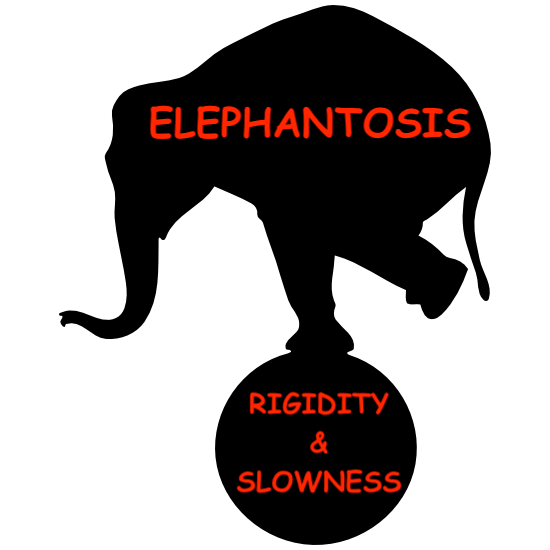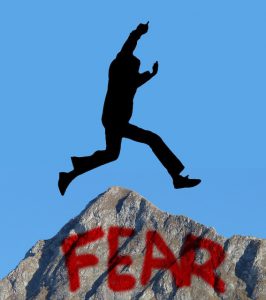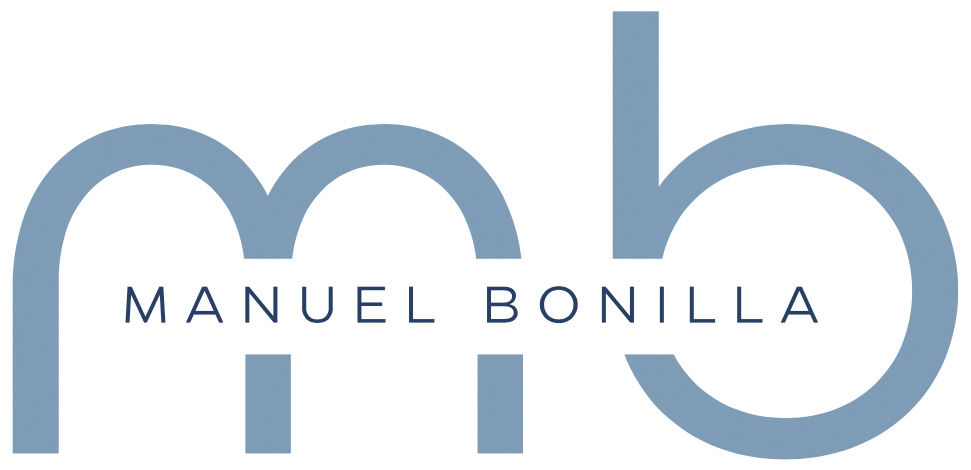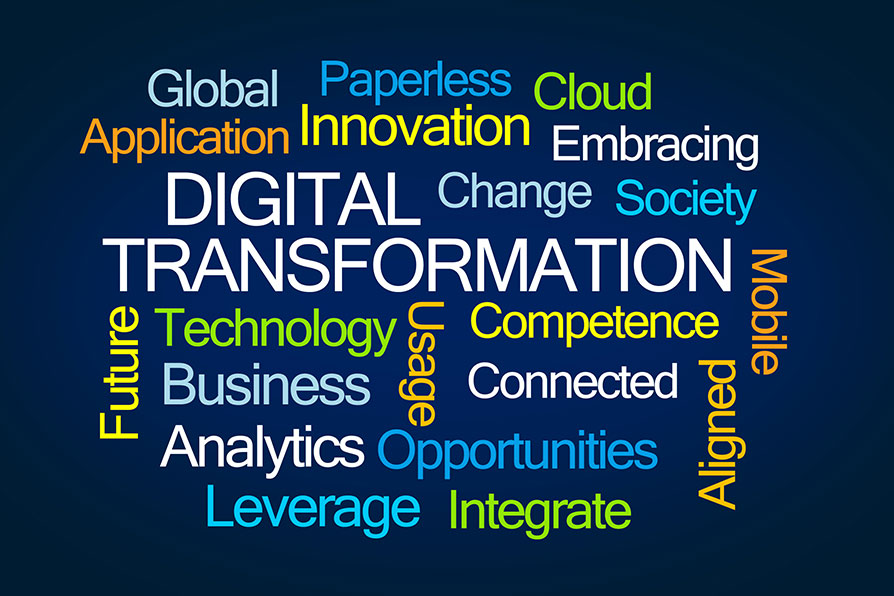From Heraclitus and Darwin to the present day, there is one thing that cannot be disputed: everything is in continuous evolution. In other words, the world and society are subject to constant change. This is evident because evolution is inherent to everything that exists. From Darwin, we know that it is not necessarily the strongest who survive, but those who best adapt to change, being nature itself that selects and eliminates. Organizations are no exception, moreover, this law manifests itself with greater profusion. We are currently in the era of a technological change, innovation, disruption and digitization; which imposes a rhythm of obsolescence not already programmed, but forced upon us, because the advances are so fast that their life cycles are ending before they have even began.
Can a company be exempt from the technological changes in the environment? The answer is no. If the organization does not innovate transversally and integrally throughout its body, take advantage of the opportunities it offers, and channel the value generated by the technology; the competition will steal its niche in the market, attract its talent, and expel them from the market. Whether in services, industry or agriculture, whether public or private, no sector is immune: banking, tourism, health, teaching, industry, public administration, etc. The question is not whether to innovate, but how to do it. Today, digital transformation is the evolution and form of adaptation essential for survival.
“The pandemic of big organizations is «Elephantosis»: rigidity and slowness.”
The intellectual father of ‘disruptive innovation’, Clayton Christensen shows us that established companies and organizations, especially those which are more rigid and slow, are not able to introduce new technologies in any way whatsoever, no matter how willing they are to do so. I always say that the pandemic of big organizations is «Elephantosis»: rigidity and slowness. This is why all change, even the most disruptive, must be coherent with values, aligned to the organization´s know-how, processes and culture; and must be managed so that the team can digest them with motivation and conviction, led by what Justin Menkes calls «Executive Intelligence.»
Returning to «The Theory of Natural Selection», a company is like a living being, it is a body that suffers, generates rejection, accepts, claims and appreciates, depending on why and how it is administered a medication; in our case an injection of innovation. If we are clear that innovation is a vital and necessary vitamin for the survival of an entity, change management and Innovated Leadership are the antidotes.

The Fourth Industrial Revolution – Revolution 4.0
If innovation is the substance that precipitates the reaction of change, good implementation and execution is the catalyst. Five years ago, in an article in The Harvard Business Review, the lead author in change management, John Kotter, proposed his famous eight steps as the accelerators to create ‘out-of-the-box’ organizations by supplementing hierarchies with strategic networks capable of coping with change with a greater probability of success. In this Fourth Industrial Revolution known as Revolution 4.0, digital technologies have come to accelerate the pace, according to the author: «you have to change everything because everything changes with digitization.»
As we have said, the transformation goes beyond the pure technology to be introduced, it is a transverse and integral change that spans the entire value chain, and therefore also requires some transformation of the organizational structure. In a process of digital transformation, we find three protagonist dimensions, which we call «the core», «the new» and «the test».
What is the «core»? It is the current body, it is all machinery (human equipment, culture, know-how, values, current technology, customers, suppliers, etc.), vital organs, everything that makes it possible for the being (the organization or enterprise) to live. Everything that provides and generates value today, that is, the company as we know it and its current way of functioning up until this moment of change.
What is «new tech»? It is all disruptive new technology and all the innovation with exists within the environment, which can be explored, experimented with and analyzed, such as blockchain, artificial Intelligence, internet of things, deep learning, machine learning, 3D printing, fintech, big data, cloud, cybersecurity, etc.
What is the «test tech»? It is the part of the «new tech» which is not rejected, selected through experimentation, adapted and prepared for our organization. This technology is firstly experimented in test mode, later replicating and scaling successful results in the «core».
Within the organizational structure it is necessary to create two news areas that deal with the «new tech» and the «test tech «. For the former, every organization must have a Sandbox, a totally independent place that exists in the organization. Here, tests and technological rehearsals are carried out hand in hand with companies, startups, universities and other companies, all without risk of contaminating the «core», and with the goal of exploring anything from knowledge through innovation to talent.

“The philosophy of low cost, or bootstrapping”
For this, it must be endowed with both economic and human resources as well as the philosophy of low cost, or bootstrapping. That is, it should stick purely to the test, exploration, approximation, and knowledge of the possibilities without major investments, without taking risks. The team, although it is not necessary for it to be internal to the organization, should be led by someone who knows the core of the organization perfectly to guide and orientate each experiment, from the beginning, working towards achieving coherence with the organization. It is about starting the experiments freely and openly with any technological opportunity, but also having a certain direction.
After experimentation in the Sandbox, technologies that pass the filter, assuring they can add value to the organization, will move on to the next fase, The Technological Lab, that then needs to be created.
What is the Lab? We call it the «Garage». It is that place within the organization itself, where, with a low-cost mentality and only with internal resources, tests projects are improved upon with technology that have been explored in the Sandbox. The «Technological Lab» allows us to test, make mistakes, to pivot, learn from them, improve and continually test again, until we achieve our goal. When we have a case of clear success; we will scale and replicate it throughout the organization, and form part of the core, thus minimizing risks by globally implementing this new technology and innovation.
The Sandbox and the Technological Lab should function both as a startup, and project as well looking for synergies between them. There must be high performance teams, small, with very tight resources, so they are agile and flexible. Treat errors as learning curves, something that can be digested with resilience, allowing for a pivot and continued attempts, until the failure becomes a clear case of success.

“Startup mentality and philosophy without fear of being wrong”
This strategy is only achievable by having a startup mentality and philosophy without fear of being wrong, and with a clear vocation oriented to generate value from the beginning. For the process to prosper it is necessary to implement innovating methodologies such as The CANVAS model, Design Thinking and Critical Thinking.
It is essential that every team within the organization: each area, department and unit even including the own Board of Direction, in short, the whole organization, must be led by transmitting motivation, creating empowerment with clever delegation and a real drive and passion for what they are doing; otherwise Known as Innovated Leadership.
This whole process is impossible without commitment from top management, strong internal communication and participation which is open to every person within the organization. Everybody must feel involved regardless as to what extent, whilst keeping aligned with the strategy and overall goal.
Again, we emphasize the need for leadership with executive intelligence, transmitting and stimulating hope. If the vision of initiating a transformation is born organically from the top, then success lies in that its implementation cames from the bottom. As the great breakthrough innovator Steve Jobs postulated: “Innovation it’s not about money. It’s about the people you have, how you’re led, and how much you get it.”

“A successful real case example is Suma, prized with the IEEE Spain awards”
Finally, a successful real case example can be seen in Suma Gestión Tributaria, the project is called SumaInnova (www.sumainnova.es) where you can explore all of my concepts, methods and strategies and view the entire process that was implemented within this Company, during the last four years when I acted as executive director and led this project turning my theories into reality. Suma´s digital transformation process has been prized with the IEEE Spain awards in 2019, by the Spanish Section from the prestigious entity IEEE (Electrical and Electronics Engineers) the world’s largest technical professional organization dedicated to advancing technology for the benefit of humanity.

